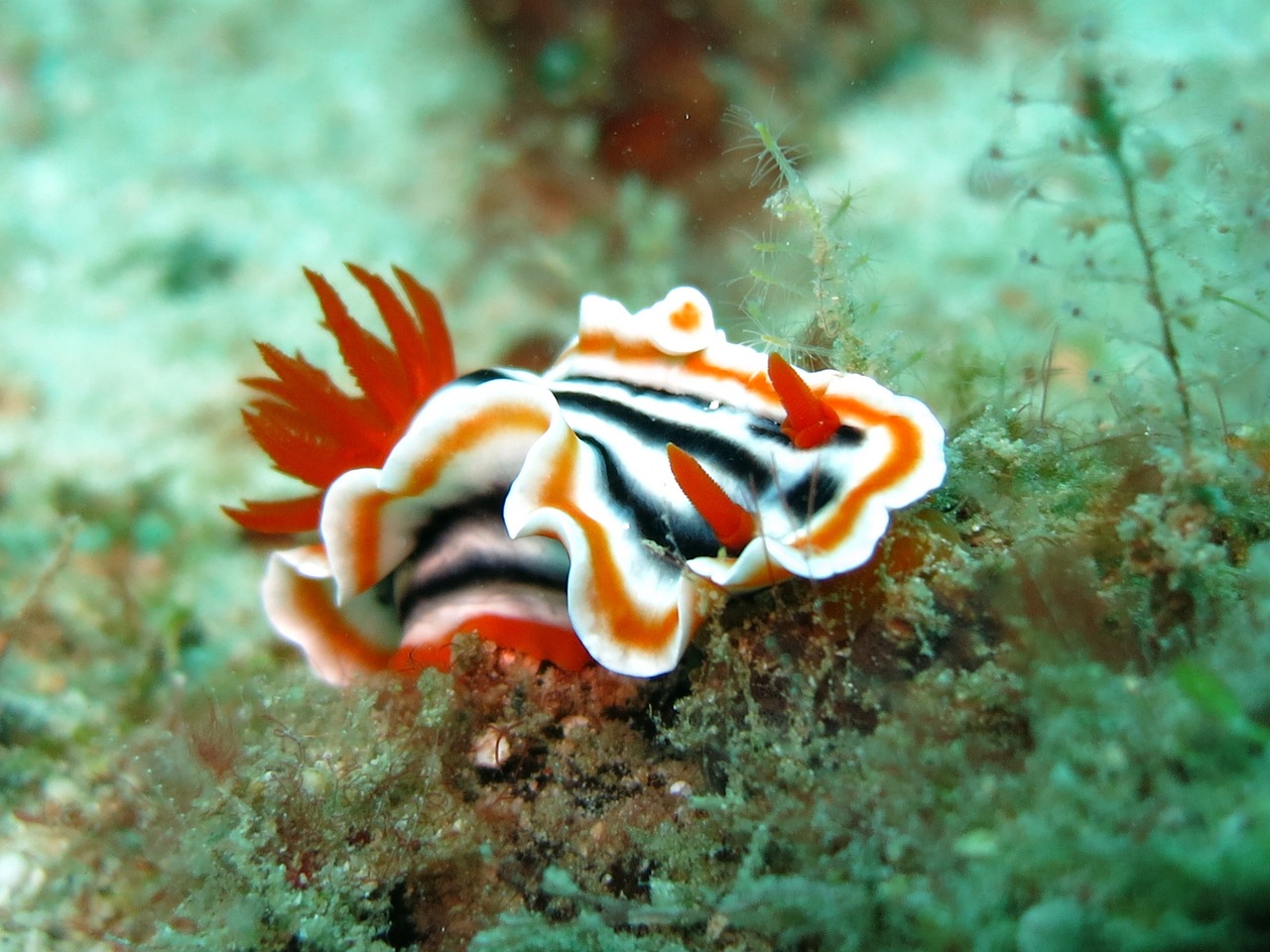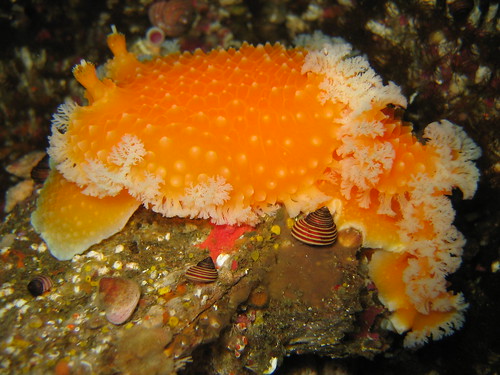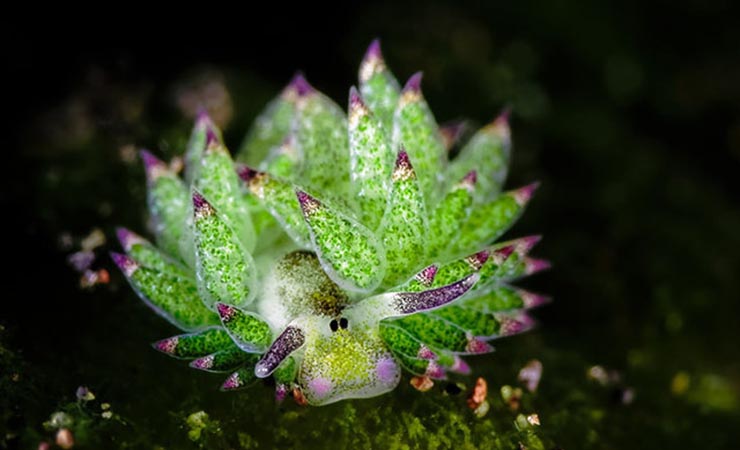No, I didn't get up North or to Antarctica, to paddle my kayak at either of the actual ice caps. Instead I got to try out a kayak model called the
Ice Kap, from
Sterling Kayaks. It was a great day to learn more about kayaking science. Yes, there's science in kayaking! There are all the measurements, when designing and constructing boats. There's also research. Which boat shape is good for racing, or for surfing in waves? And then there are the experiments. No lab coats and clipboards for me -- I just try the different boats and have fun, while my friends Louise and John keep a notebook of their own experiments with kayaks.
At the
MEC Paddlefest on Willows Beach, we found an assortment of several models from Sterling Kayaks. Each is a custom job, with the foot pedals set to accommodate the paddler's own leg length, for example. I got to sit in an
Illusion, but even with the footpedals adjusted as far as possible, my feet still couldn't reach. That would be no problem if I owned one of their kayaks, explained the designer, Sterling Donaldson. He would put the footpedals closer to the seat for someone as short as me. He's calculated the centre of gravity and balance points for all his kayak designs.
Donaldson gets fibreglass under his fingernails and epoxy all over his hands, he complained at one point. But there's no substitute for the hands-on approach when customizing a kayak for someone with special needs.
The foam seats are a terrific support... lifting the knees a little and fitting around the butt. I'm guessing that my partner Bernie would find THIS seat doesn't hurt his back. The seat back is good support, but low so that a paddler can lean back when rolling the kayak. On each side of the seat is a support for foam padding, to customize the fit to the paddler's thighs.
I got into the
Ice Kap which is designed for small people. The coaming, the edge around the cockpit opening, is
low. As in half-way up my thighs when I'm seated in the kayak. No more rubbing my elbows on the coaming with each stroke! That happens in most kayaks for me. The designer Donaldson pointed out, most shorter people are not only short in the leg, but have short backs as well. It's hard to roll a kayak that is too big.
My friend John Herbert took a photo of me on the water in the Ice Kap. It's pretty clear in the photo that this boat has a lot of rocker, a curve which brings the keel up in the bow and stern. That makes for a lot of fun riding waves. I expressed some concern about the front deck being so high out of the water, and the stern so high. Wouldn't they catch wind and turn like a weather vane? "None of our boats weathercocks," Donaldson insisted.
The Illusion has a similar hull to the Ice Kap, but the coaming rises a little higher at the paddler's thighs and sides. John could tell that he wouldn't fit either model. At 6'4", he went for their Grand Illusion that fits the 6'3" designer. But the model on the beach had been padded to fit a thinner paddler. Not for John today!
Louise tried the Ice Kap as well, just to add another model to her research for which style of boat she would buy this summer. We compared notes. Afterwards, John and Louise changed out of their paddling clothes while I just wandered around evaporating. One of the most important things I learned about kayaking science is to wear clothes that evaporate dry quickly.
Our verdict: if you're a thin, short man or woman who is wanting an exciting kayak, try the Ice Kap for an experiment of your own. If you're not thin, try the Illusion as the coaming is just a little higher instead of pressing on the sides of your thighs.
And if you're a differently-able paddler (like every member of our paddling group, and plenty members of
SISKA and
VCKC and the entire crew of the Breaststokers Dragon Boat team), talk to a kayak designer about kayak science. How can a kayak meet your needs?
This particular designer understands.
Sterling Donaldson not only talks the talk, he walks the walk with one leg and crutches on the beach among his kayaks. He grew up designing experimental aircraft with his father, and now he applies the scientific methods he learned to building kayaks.






















